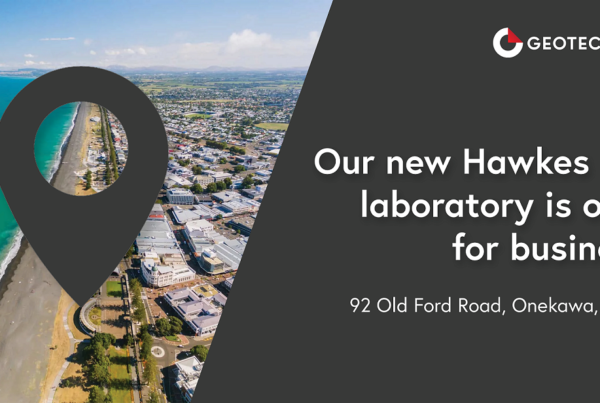Fresh off the press from his recent trip to the 2022 ISFMG, Chief Executive, Paul Burton, brings his story on how a small group of professionals have vastly grown the Instrumentation & Monitoring professions.
Back in 2019, in a small restaurant near the centre of Rome, you would have probably thought a small gathering of 5 people was just a regular business meeting. We were there, not as a matter of business, but to start the next era of global connections for the Instrumentation and Monitoring professions.

Since 1983, every 4 years thereafter, a group of professionals in the Instrumentation and Monitoring (I&M) profession have been meeting at symposia to share in the matters of Field Monitoring in Geomechanics.
The most recent, prior to the Rome meeting, was held in 2018, in Rio de Janeiro, and included a discussion on a hotel rooftop to create something more than just a 4 yearly symposia. Andrew Ridley (far right) had taken on the task of hosting the next event scheduled for September 2022 in London. Alongside that, he also took on the challenge of creating a new entity to guide these events, and more, for the future benefit of the I&M profession.
Andrew invited Giorgio Pezzetti (second from left), Paolo Mazanti (centre), Peter Lamb (second from right) and myself (far left) to gather and create the TC220 – Field Monitoring in Geomechanics – a technical committee championing the I&M profession, in a global context, with the support of the ISSMGE (International Society for Soil Mechanics and Geotechnical Engineering). The role of Vice Chair was given to Giorgio, with Andrew as Chair, and myself as Secretary. From that day onwards, the TCC20 was officially formed.
Fast forward to September 2022, the work in the preceding years comes to a head with the 11th International Symposium on Field Monitoring in Geomechanics (ISFMG) being held at the Imperial College in London. Through the TC220 activity, which ran mostly through COVID lockdowns and restrictions, we brought together nearly 250 professionals to the event. It started with 3 workshops – Working towards a common Data Format, Connecting Academia with the profession, and finally, The Observational Method.
I was proud to lead and facilitate the first workshop (Working towards a common Data Format), drawing on the collective global leaders who work with I&M Data Formatting challenges through their roles. Over 50 leaders participated and created the opportunity to prioritise our focus for the future.
The next 3 days provided an excellent array of keynotes, papers and panels highlighting the work of academia, practitioners and students from all continents. Other highlights of the event included a formal dinner at the Institute of Civil Engineers and a field trip to see the I&M work on the HS2 terminal at Euston. It was fantastic to see so many professionals from around the globe come together to contribute to the discussion of Field Monitoring in Geomechanics.
That small meeting in a small restaurant has led to the next era of the global I&M community and I have been very humbled to be a part of that movement. I look forward to helping develop the workshop outputs through my role in TC220 and look forward to the next symposia which is being held in India, in 2026. It is great to be giving back to a profession that has provided myself and Geotechnics with many connections and learnings over many years.







